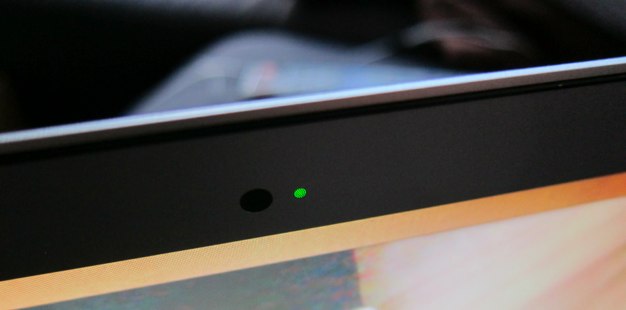Apples Erfolgsgeheimnis: das ‚Supply-Chain-Management‘

At least once, the company shipped products in tomato boxes to avoid detection, says the consultant who has worked with Apple. When the iPad 2 debuted, the finished devices were packed in plain boxes and Apple employees monitored every handoff point—loading dock, airport, truck depot, and distribution center—to make sure each unit was accounted for.
Adam Satariano und Peter Burrows spendieren lesenswerte Einblicke in Apples Hardware-Produktionsprozess und die damit zusammenhängenden Lieferanten-Beziehungen – ihre Quellen bleiben anonym (und nicht zu überprüfen), die Informanten-Aussagen jedoch glaubwürdig.
Der Artikel endet mit dem Ausblick auf eine Verdopplung der Apple-Ausgaben für die ‚Supply-Chain‚ (Lieferkette). Die in den Raum geworfenen 7.1 Milliarden US-Dollar stimmen dabei mit der Verdopplung von „retail and cloud operations“ überein, die Apple selbst für 2012 bemessen hat.
Auch Horace Dediu fragte „How much do Apple’s factories cost?“ und kommt zu diesem Urteil:
Indeed, Apple has used capital to ensure it has better control over the supply of components and to also perhaps ensure capacity of production of those components.
But this analysis shows that Apple has gone much further toward integrating its value chain. It suggests that a large part of the tooling in its supply chain is owned by Apple. It suggests that those tools are put out of reach of its competitors.
